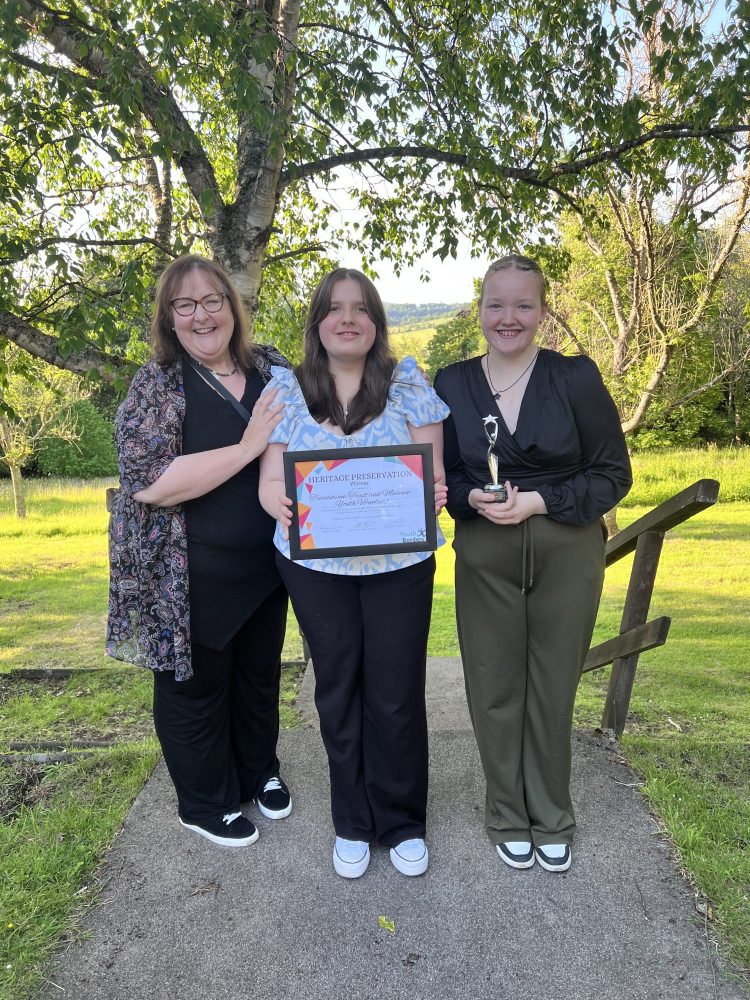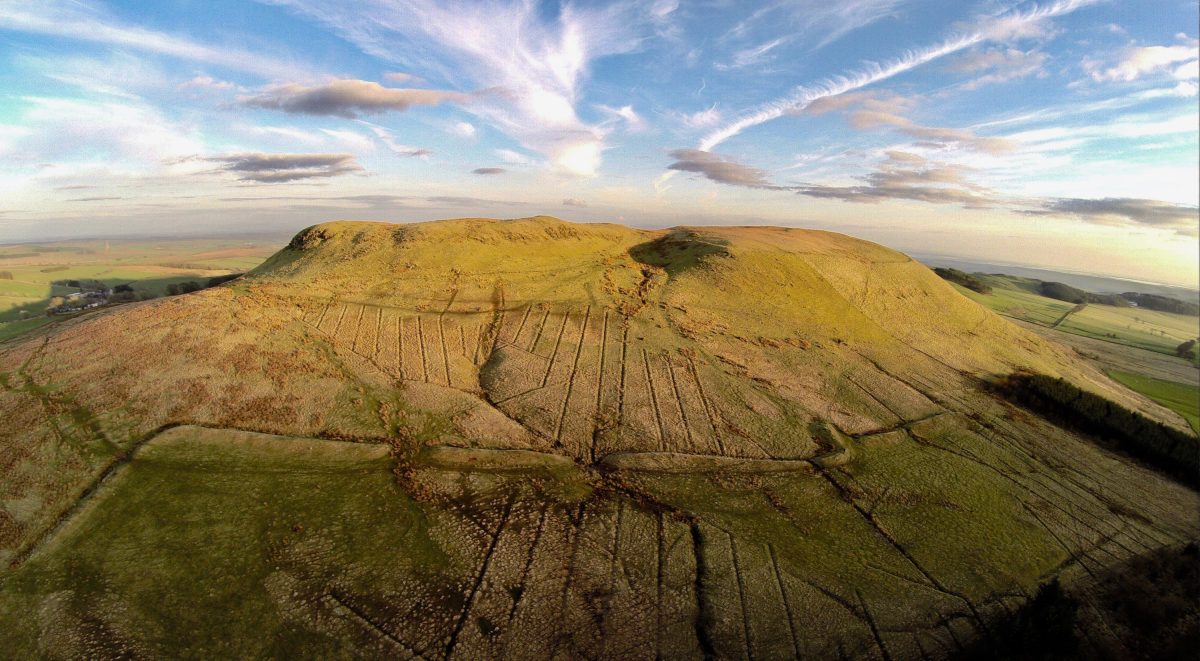The Trimontium Trust seeks to develop an understanding of the Roman Iron Age across the south of Scotland and share this with the public at every possible opportunity.
At the heart of everything we do is our base camp, headquarters, nerve centre and ground control in Melrose in the Scottish Borders. The Trimontium Museum is an innovative and unique museum which reflects the passion and enthusiasm of The Trimontium Trust volunteers, trustees, members and staff. This is expressed through a varied programme of public engagement, educational opportunities, archaeological work, a talk series, and multiple community outreach projects. Below is a highlight of some of the work we have been involved in over recent years.
The following photo gallery shows the range of activities and opportunities provided as par of our public engagement.















Archaeology case study:
Burnswark Hill, Dumfriesshire.
The Trimiontium Trust has has worked at this enigmatic hill fort site for over a decade. With the help of National Lottery Heritage Fund, The Trimontium Trust investigated the actions of the Roman army at the controversial site of Burnswark Hill in Dumfriesshire.
The site consists of two still impressive Roman camps which flank an 18 acre native hillfort on the summit of the hill which commands the northern aspect of the Solway Plain.
Previous interpretations led early investigators to suggest the site was a siege complex but in the 1960s this was rejected in favour of a non-conflict scenario. Latterly, following excavations in the late 60s and early 70s, this had developed into a full-blown Roman training camp hypothesis. This hypothesis was not universally accepted and more work was recommended by ScARF (Scottish Archaeological Research Framework).


